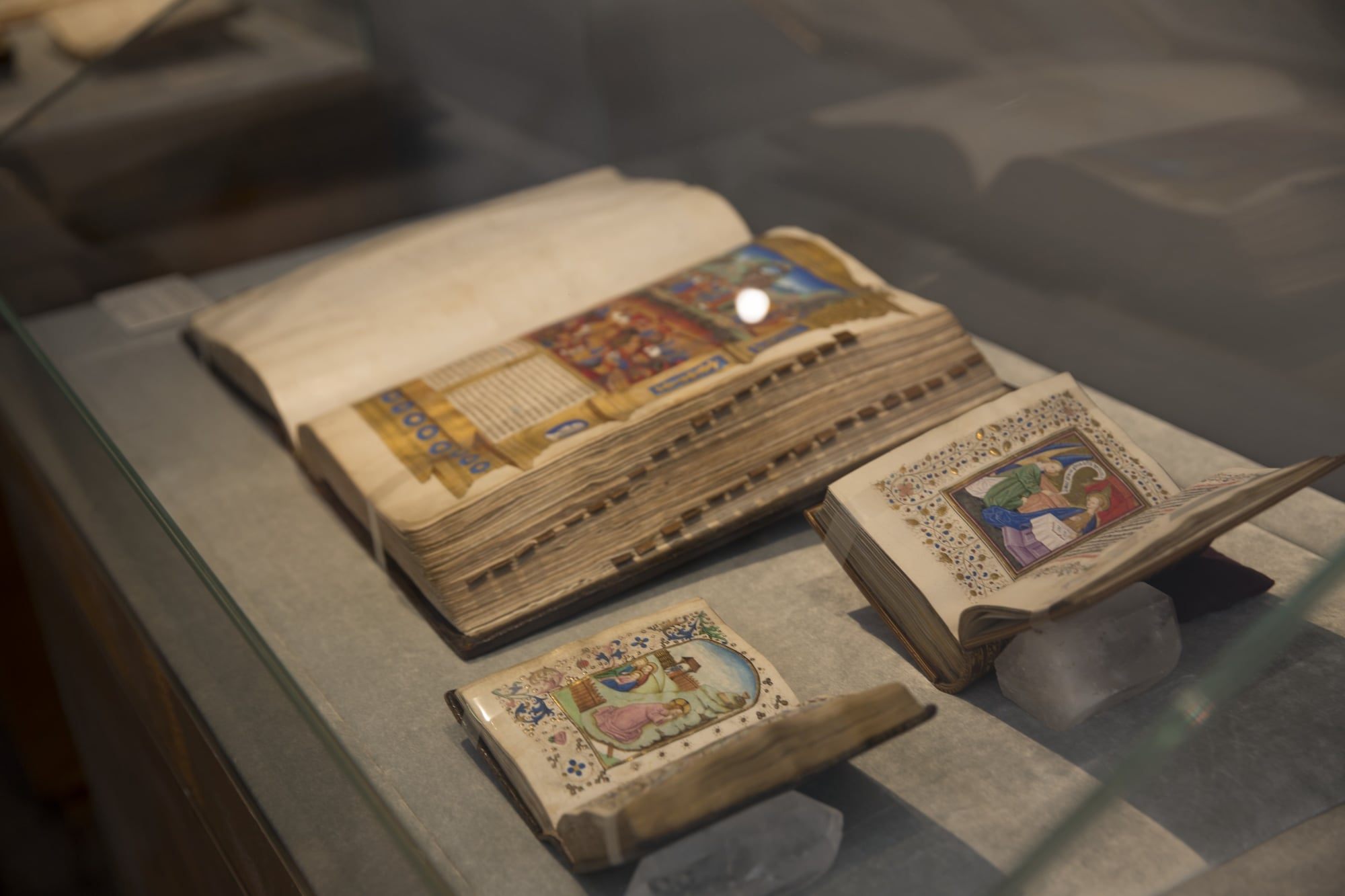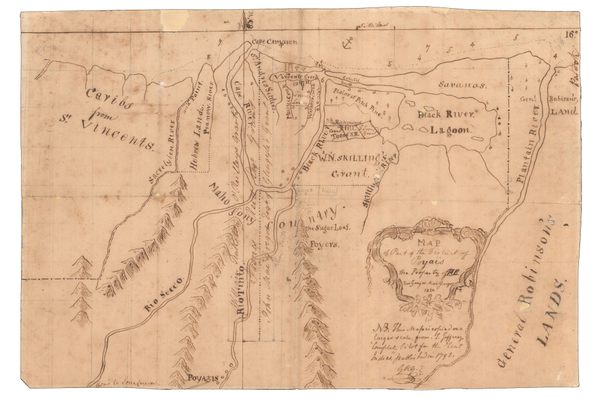A Closer Look at a Million-Dollar Medieval Manuscript
You can buy it this weekend if you like.

The seventh edition of Frieze Masters, an annual art fair in London, opens to the public today. The fair features art exclusively by artists who are thought to have mastered their craft—hence the name.
The timeline at Masters is long; there are over 130 gallerists present, who will showcase a range of art from antiquity to the 20th century. One object is of particular intrigue: a 15th-century “book of hours,” created in Paris.
At Frieze, Dr. Jörn Günther Rare Books, an antiquarian dealer based in Basel (the city where the Swiss, French, and German borders meet), is selling one of these rare books (circa 1405) for a casual €1 million ($1.15 million). These books, so named because they were to be read at fixed times of day, are Christian devotional objects that reached their peak popularity during the Middle Ages in Western Europe.
“They consist, at their base, of sets of prayers to the Virgin Mary as well as additional series of prayers depending on the book,” says Erin Donovan, the antiquarian firm’s Deputy Director. “The prayers are to be said eight times per day, every three hours, as the prayer cycle follows that of monasteries.” These religious works were intended for lay people to use in their homes, as a way to specifically incorporate elements of monasticism into their daily, private lives.

Decorated margins were standard, but more heavily illustrated books of hours were created for wealthier families. Books of hours, says Donovan, were “extremely popular to collect for the most wealthy people of the Middle Ages and Renaissance and the artwork inside reflects the interest that was lavished upon them.”
The Parisian book of hours on offer at the Frieze was almost certainly commissioned by a wealthy man, judging by the artist credited with illustrating it. “The Mazarine Master was known to work for the highest French nobility,” says Donovan. “This book contains male prayer forms, so was likely made for a man.” (Texts were often adapted to suit the owner that commissioned them, so the inclusion of male names in prayers made them more personalized.)
The Mazarine Master, a founding figure of Parisian manuscript illumination, is known as one of the greatest Parisian artists of the early 15th century thanks to his unique style. “He was a genius with the use of color and patterns, creating avant-garde compositions of religious scenes for the nobility and royalty for whom he worked,” says Donovan. In the book of hours up for sale, the Master’s inventive use of surreal backdrops and rare colors like lime green add to the text’s rarity and value.

Early on, illuminated manuscripts (usually printed on vellum) were fairly exclusive objects, but by the late 15th century, book workshops in Paris began using templates and standard patterns to mass produce them, making them more accessible. The advent of print technology is responsible for the several thousand books of hours that still exist today. Parisian books of hours are more prevalent than German or English ones, but even still, the relative rarity of these devotionals means they require careful handling.
“Each book has a protective box that is made to the measurements of that individual book,” says Donovan, of the Frieze Masters manuscripts. “We keep them in a temperature controlled safe [and they] are transported by experienced art handlers. Any client could safely keep such a book in a family bookcase, as they require only stable temperature conditions, out of the way of humidity, too much light, or extreme heat or cold.”
Rare book dealers like Dr. Jörn Günther find that Books of Hours engage the crowd at art fairs like Frieze Masters because their “small, intimate size, beautiful illumination, and attractive gold—like jewels on velvet—invite close looking,” Donovan says. “The fair certainly builds awareness of medieval manuscripts as a high art form.”















Follow us on Twitter to get the latest on the world's hidden wonders.
Like us on Facebook to get the latest on the world's hidden wonders.
Follow us on Twitter Like us on Facebook